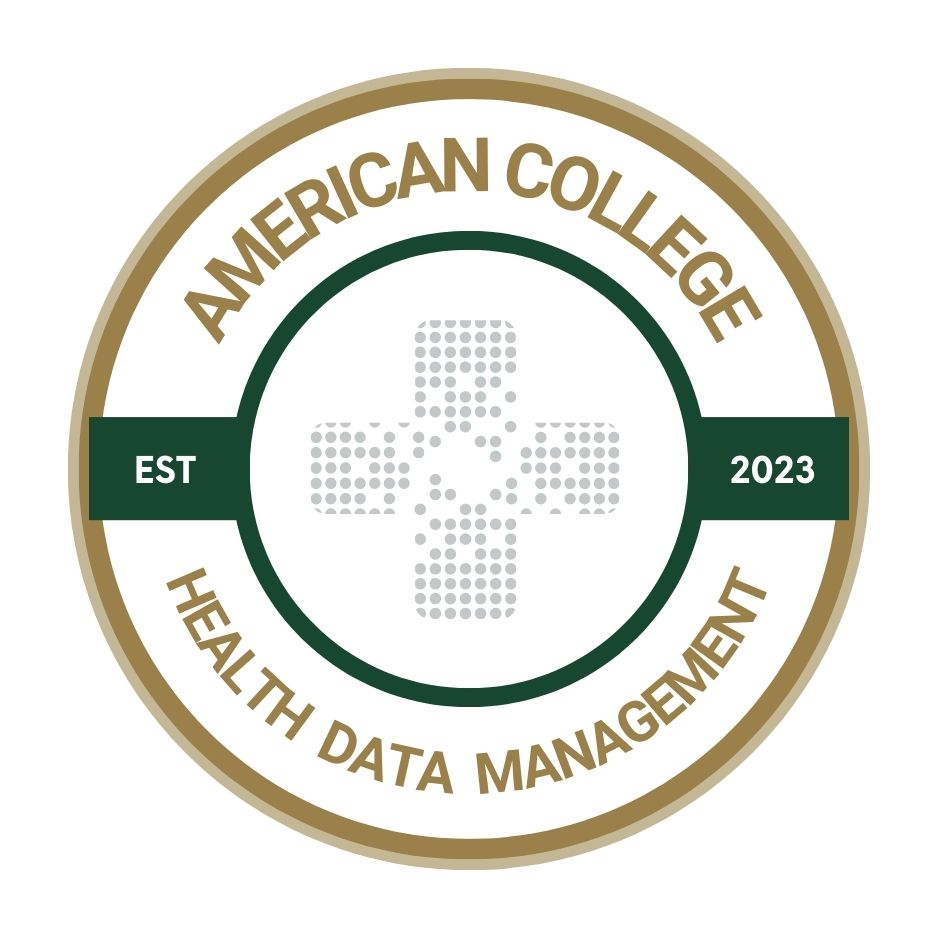Improving patient safety in the post-pandemic landscape
Fellows of the American College of Health Data Management identify distractions impeding safety, suggesting renewed efforts, innovative strategies and effective technology.

As we start to see the light after the long COVID-19 pandemic, the global healthcare community is faced with a moment of introspection. Our collective gaze needs to turn to the ever-enduring and elusive problem: patient safety.
Time has taken on an urgency. In an April COVERstory, Fred Bazzoli, editor-in-chief of Health Data Management and a Fellow of the American College of Health Data Management, finds, "With the COVID pandemic waning, there’s been renewed nationwide attention on the risks to patient safety experienced during care encounters," Bazzoli writes. "But in the nearly quarter century since the Institute of Medicine’s landmark report, 'To Err is Human,' scant progress has been made in reducing the risk of medical mistakes in healthcare institutions."
Bazzoli stresses, "The cards are not stacked in safety’s favor." The well-being of patients often lies in the hands of the clinicians who directly handle their care. The pressures and psychological stress that these professionals face are significant factors exacerbating the risk of medical errors. The convergence of these trends underscores the pressing need for healthcare organizations to efficiently identify the distractions to and address patient safety now.
The data paints a grim picture. The repercussions are profound, affecting nearly a quarter of all medical encounters and carrying the potential for patient harm. An alarming number of safety incidents result in patient harm, from minor injuries to severe health complications, and even death. Beyond the immeasurable human cost, medical errors place an onerous financial burden on the healthcare system, adding billions to our yearly expenses.
Cultivating a culture of safety
Faced with this reality, the industry is obligated to redouble its efforts. The industry must critically review its processes, empower its clinicians, alleviate their burdens and harness the power of technology to predict and preempt potential pitfalls.
The call for a culture of safety echoes throughout our halls. This is a culture that not only advocates for, but actively integrates patient safety into the very fabric of our organizations. It's a culture that equips healthcare professionals with the tools and resources they need, fosters best practices, and promotes an environment where patients feel emotionally and physically safe. It's a culture that supports error reporting without fear of punishment, with the ultimate objective of learning and prevention.
Christine Pirillo, MSM, PMP, AH-MC, MLT, from Omnicell, champions this safety culture. In her words, "A culture of safety is a key driver of patient safety." She envisions a culture that deeply infuses safety into the organizational mission, provides the necessary tools, and creates a haven of safety for patients.
Kenneth R. Deans Jr. of Health Sciences South Carolina concurs. He underscores the role of leaders in promoting open communication, encouraging error reporting without fear and fostering a learning environment. Regular safety audits, implementation of evidence-based safety protocols, continuous staff education, and investment in safety-enhancing technologies are all part of his safety-first vision.
However, even as we endorse these values, the task of establishing and maintaining a safety culture can seem Sisyphean for many. As noted by Bazzoli, patient safety often takes a back seat to other operational needs. This complex issue is exacerbated by poor communication, lack of transparency and a reluctance to learn from errors.
Pressures that were building before the pandemic also are more in force afterward, particularly burnout, research by Health Data Management indicates. Clinician capacity to maintain patient safety gains are compromised by rising rates of burnout among physicians, nurses and other caregivers in provider settings.
There’s heightened awareness of the growing tide of burnout among clinicians, and patient safety experts see the shrinking and less experienced workforce as a contributing factor to increased risk of medical errors. (See HDM’s coverage of clinician burnout here).
Battling distractions in the care environment
As we strive to instill a safety-oriented culture, we find ourselves combating numerous distractions. Pirillo spotlights metrics as a significant distraction, asserting that time pressures can lead to dangerous shortcuts, compromising patient safety and organizational quality.
Alarming as recent headlines have shown, another distraction is the unsafe care environments that exist for our care teams. As Christine Carr, MD, CCO of HSSC points out, “Many of our care environments are not safe for our staff. Ensuring staff safety will ensure patient safety; safe staff can ensure safe patients. Hold patients and visitors accountable for unruly behavior, ensuring an enforced code of conduct.”
Alarm fatigue is another distraction. Deans emphasizes the risk of desensitization to constant alarms, possibly resulting in missed critical events. The solution, he suggests, lies in effective alarm management strategies and investments in advanced alarm technologies.
David Samuel, from Endeavor Management Group, points to technology as both a distraction and an aid. The deluge of data can be overwhelming, leading to a disconnect from the patient and overdependence on data. However, Samuel acknowledges technology's potential benefits, such as machine learning and artificial intelligence, to enhance care, reduce diagnostic time, and improve outcomes while cutting costs.
Opportunities for improvement
Despite these daunting challenges, there are many opportunities for improving patient safety. Fellows from the American College of Health Data Managment underscore the need for shared goals, revised metrics, continuous education, advanced technologies and a balanced approach to data and human interaction.
"Until goals are shared and metrics are revised, we will always be distracted," Pirillo warns. Investment in technology also offers potential improvement. Deans suggests the use of systems such as computerized physician order entry, barcoding for medication administration and real-time clinical decision support tools. Samuel, however, cautions against over-reliance on technology, advocating for a balanced approach that combines technology with human experience.
Technology is both friend and foe to patient safety, as Health Data Management’s research indicates. For example, while technology can be directed to augment clinician bandwidth, it also increases the burden, particularly in the multiplicity of digital channels enabling communication with patients and other clinicians.
And editor Bazzoli, reminds us, "Patient safety is not just a healthcare issue; it's a societal issue." As we confront these challenges and explore opportunities, we must ensure that patient safety remains at the forefront of our agenda. Every effort, every policy, every piece of technology should be centered around one fundamental goal: to safeguard the well-being of patients. Now is the time for introspection, reassessment, and renewed commitment to patient safety.
Mitchell Josephson is president of the American College of Health Data Management.
